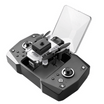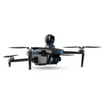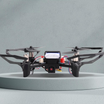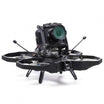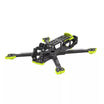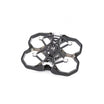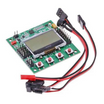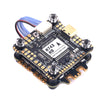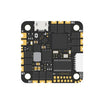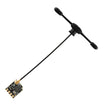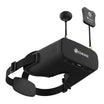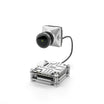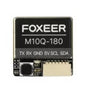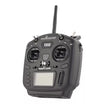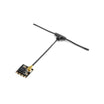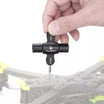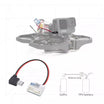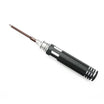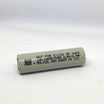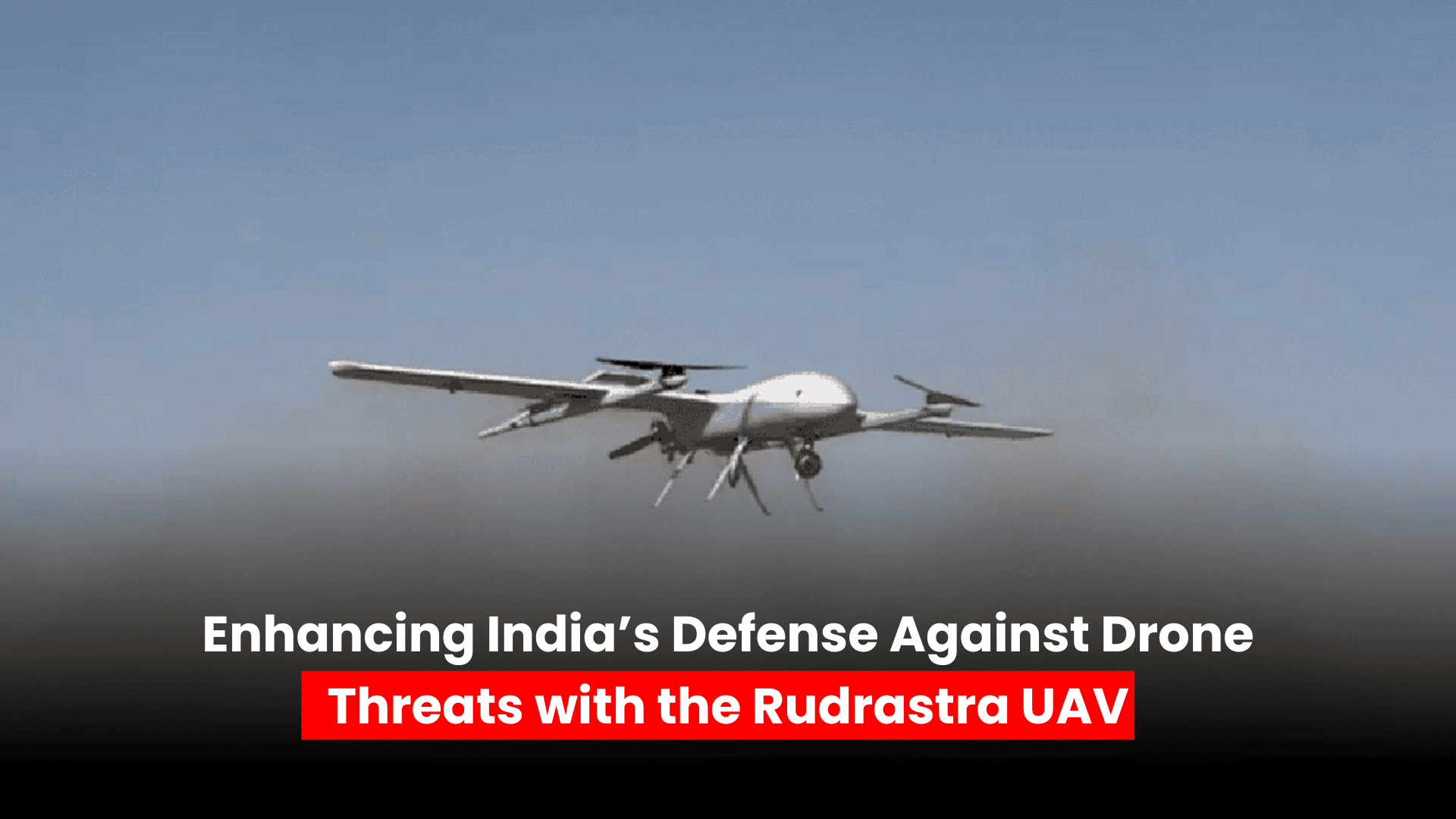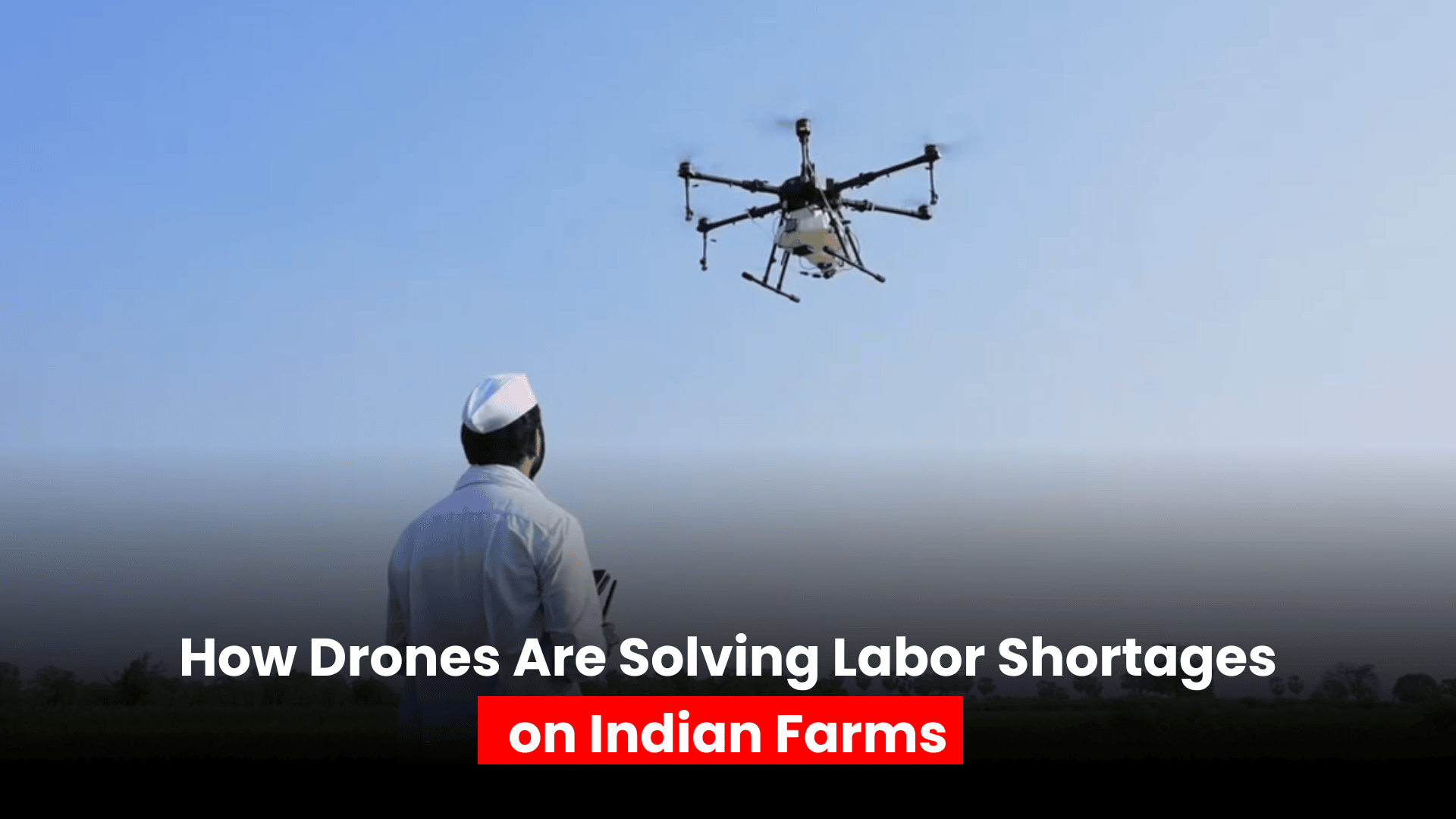Defence drones also known as military drones or Unmanned Aerial Vehicles (UAVs), have transformed the way countries prepare for and respond to security threats.
These autonomous or remotely operated aircraft are increasingly used for surveillance, reconnaissance, targeted strikes, electronic warfare, and border monitoring.
In 2025, India is emerging as a major hub for drone innovation under its “Make in India” defence strategy.
With rising security challenges and technological leaps, the Indian defence ecosystem is rapidly adapting combat drones made in India, from kamikaze and tactical drones to next-gen stealth UAVs.
What Are Defence Drones?
Defence drones are UAVs specifically developed for military purposes. These aircraft can fly without an onboard human pilot and are equipped with payloads for various operations.
Core Applications:
-
Surveillance & Reconnaissance: Real-time imagery and data collection to support battlefield decisions.
-
Precision Strikes: Use of loitering munition drones and kamikaze FPV drones in India for targeted attacks with minimal collateral damage.
-
Swarm Operations: Dozens or hundreds of mini drones flying in sync to confuse or overwhelm enemy systems.
-
Electronic Warfare: Disrupting enemy communication and radar with jamming or spoofing tools.
-
Counter-Drone Capabilities: Detecting and neutralizing hostile drones using lasers, jammers, and micro-missiles.
Also read: India’s growing demand for Kamikaze drones
These are some of the key features of modern defence drones -
|
Feature |
Description |
|
ISR Capabilities |
Real-time Intelligence, Surveillance, and Reconnaissance for situational awareness |
|
Autonomous Flight |
AI-powered drones can fly, target, and return with minimal human input |
|
Loitering Munition |
Drones that hover near targets before attacking (also called kamikaze drones) |
|
Electronic Warfare |
Spoofing GPS, jamming signals, or disrupting enemy UAVs |
|
VTOL Capability |
Vertical Takeoff and Landing for rugged, remote terrains |
|
Swarm Intelligence |
Collective flight by small UAVs working together in battlefield scenarios |
India’s Defence Drone Advancements in 2025
India’s progress in this field is driven by indigenous development, strategic imports, and collaborative defence policies.
Here's how:
#1 Indigenous Innovations
India is rapidly building a self-reliant defence drone ecosystem. Here are notable indigenous drones for defense:
Rudrastra Hybrid VTOL UAV
Developed by Solar Defence and Aerospace Limited, this tactical FPV drone for the Indian Army has a 170 km range and vertical takeoff/landing. Ideal for hilly and rugged zones, it supports real-time reconnaissance and high-speed engagement.
MBC2 Swarm Drones
Created by NewSpace Research, these palm-sized drones are AI-powered and designed to autonomously seek and neutralize enemy soldiers. They’re lightweight, fast, and redefine infantry warfare.
HAL CATS (Combat Air Teaming System)
A futuristic system where manned fighter jets operate alongside swarming UAVs and stealth UCAVs for deep strike missions and air dominance.
Also read: A guide to 7 inch vs 10 inch vs 15 inch Kamikaze drones
#2 Imported Platforms Improving Capabilities
Despite its domestic focus, India has enhanced its fleet through strategic imports:
Israeli Heron & Harop Drones
Known for precision targeting and reliable surveillance. The Harop is a loitering munition drone used in India, capable of kamikaze-style attacks.
American MQ-9B Drones
In 2024, India added 31 high-altitude MQ-9B drones for long-range ISR missions, improving real-time battlefield intel.
#3 Anti-Drone & Countermeasure Systems
To neutralize incoming threats, India has invested in advanced counter-drone technologies:
DRDO Anti-Drone System
Offers radar detection, soft kill (radio jamming), and hard kill (laser targeting). These DRDO-approved drones play a crucial role in base and border protection.
Indrajaal
An AI-powered area defense system covering up to 4,000 sq. km. It blends jammers, spoofers, and real-time response.
Bhargavastra
Developed by Solar Defence, it launches micro-rockets to destroy drone swarms. It’s compact, responsive, and suited for rapid deployment.
#4 Advanced Stealth and Autonomous Projects
India’s long-term strategy includes stealth and high-autonomy systems:
Autonomous Flying Wing Technology Demonstrator (AFTD)
A sleek UAV with stealth capabilities, able to autonomously land without ground infrastructure, a major step toward futuristic warfare.
Archer-NG & Ghatak UCAVs
Medium-altitude and stealth drones are being developed to reduce foreign dependence and enhance combat reach.
Notable Indian Defence Drones and Systems
|
Name |
Type |
Key Features |
|
Rudrastra UAV |
Hybrid VTOL Tactical Drone |
170 km range, real-time video, vertical takeoff |
|
MBC2 Swarm Drone |
Mini Swarm UAV |
AI-based, palm-sized, autonomous targeting |
|
HAL CATS |
UCAV + Fighter Integration |
Combat teaming with AI & swarming drones |
|
MQ-9B |
High Altitude Long Endurance |
40+ hrs endurance, ISR and strike |
|
Heron & Harop |
ISR & Kamikaze Drones |
Used for surveillance and loitering munition strikes |
|
DRDO Anti-Drone System |
Defensive Radar + Laser |
Detects drones up to 4 km, neutralizes with jamming/laser |
|
Indrajaal |
Area-Wide Anti-Drone Grid |
Covers 4,000 sq. km, AI-powered response system |
|
Bhargavastra |
Anti-Swarm Rocket System |
Fires multiple rockets to eliminate incoming swarms |
|
Archer-NG & Ghatak |
MALE & Stealth UCAVs |
Under development for advanced surveillance and strikes |
|
AFTD |
Stealth Autonomous UAV |
No ground support needed for landing, stealth flight |
Frequently Asked Questions
What is the difference between a kamikaze drone and a loitering munition drone in India?
Both refer to drones that strike targets by self-destructing, but loitering munition drones can hover and wait before attacking, offering flexibility. Kamikaze drones are usually pre-set to strike upon detection.
Why is India focusing more on indigenous drones for defense in 2025?
To reduce dependence on foreign suppliers, improve response time, and align with Make in India and Atmanirbhar Bharat goals, India is heavily investing in local drone R&D.
Are DRDO-approved drones already in use by the Indian Army?
Yes, several DRDO-developed drones and anti-drone systems are deployed for surveillance, border security, and airspace protection, with more under trials for combat operations.

